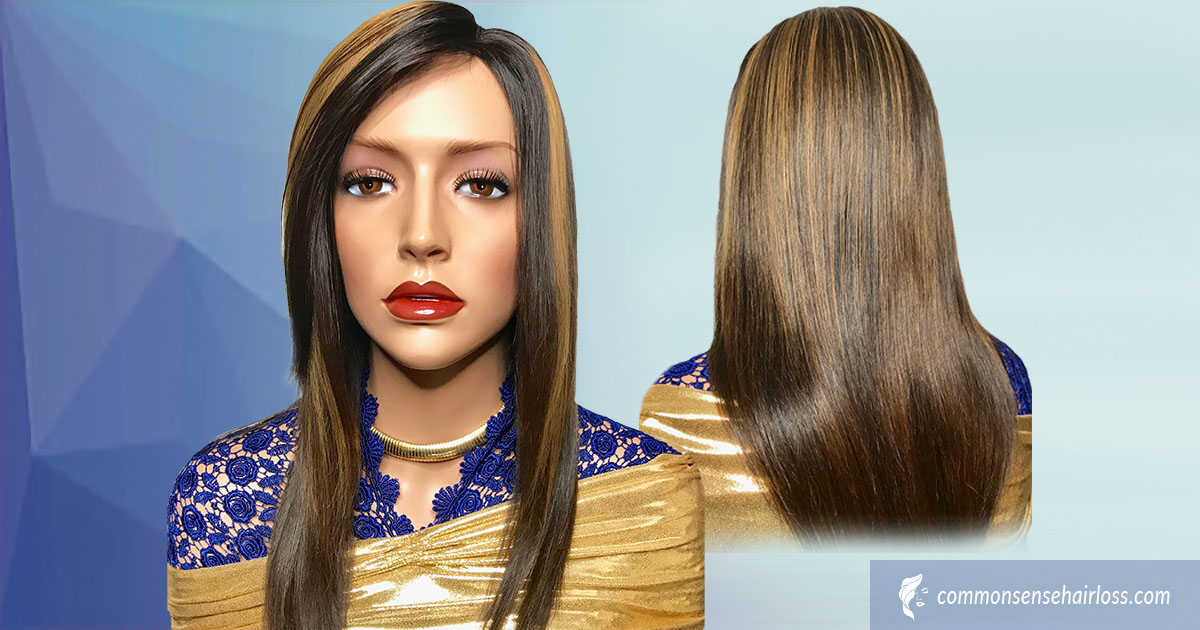Hair relaxers are a type of lotion or cream generally used by people with tight curls or very curly hair, leaving you with silky smooth locks. Read on to learn more about hair relaxers.
Hair relaxers can be a great treatment option for people with coiled or extremely curly hair to get it straighter. For them, non-chemical straightening methods are simply not enough. Fortunately, today’s cosmetic science has just the answer. Chemical relaxers can straighten out the tightest, most stubborn curls.
But how do they work, and what are the ramifications of using them?
How Hair Relaxers Work
By breaking the disulfide bonds found in your hair’s cortex layer, the chemical in hair relaxers can reform them while your hair is held in a straight pattern.
The cortex is the layer under your cuticle that looks like twisted cables of protein. It’s this layer on which hair relaxers work.
Sodium thioglycolate, ammonium thioglycolate, and sodium hydroxide are the three most common chemicals found in hair relaxers.
Hair Relaxers Can Be A Problem For Your Scalp and Hair Health
In order to straighten really curly hair, you need a strong chemical mixture. The main problem with this is that it breaks down thee cortex layer and changes the texture of your hair. These chemicals penetrate through the outer layer of your cuticles that protect your hair.
Depending on the strength of these chemicals, they can cause a whole heap of problems including:
Hair thinning
Hair breakage and brittleness
Hair dryness
The three chemicals mentioned above are notorious skin irritants. It’s really important to be very careful to prevent scalp irritation.
Symptoms can include:
Chemical Burns
Skin irritation and redness
Temporary skin whiteness
Stinging and discomfort
Helpful Tips To Avoid Scalp and Hair Issues Related To Hair Relaxers
Any time you relax your hair you’re making your scalp and hair vulnerable to potential problems. But by following recommended tips, you can help prevent scalp and hair issues:
1. Always start with a healthy scalp. Make sure you take care of scalp issues like dandruff and dryness before you using relaxers.
2. Don’t relax sections of your hair that you have already straightened. This is called ‘overlap’.
3. Always follow the manufacturer’s usage instructions. If done by a professional at a salon, follow their home care instructions.
4. Avoid relaxer contact with the scalp. I highly recommend Scalp Base Protection which adds an extra barrier between the chemicals and your skin.
At our Uptown New York Style hair salon, after chemical treatments, we always wash clients’ hair with a moisturizing shampoo, followed by a hydrating conditioner. This is the first step to ensuring your scalp and hair has needed moisture to keep them strong and looking healthy.





